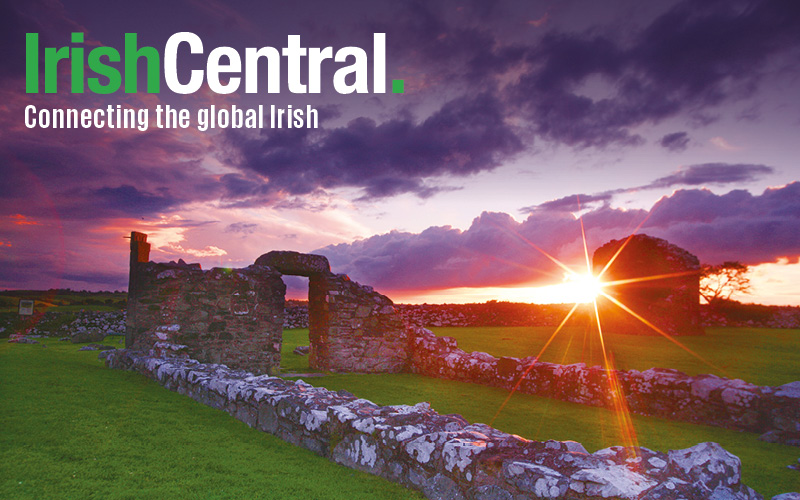A set of recordings of native Irish speakers compiled by a German professor and the Royal Irish Academy in the 1920s has been digitized and put online. The Royal Irish Academy Library collaborated with the Digital Humanities Observatory to bring the collection, which features now extinct dialects, to the public.
In 1926 the government of the recently formed Irish Free State asked German professor Dr Wilhelm Doegen to come to Ireland to make recordings in the Gaeltacht and other areas where gaeilge (the Irish language) had significantly declined. The digitization project’s post-doctoral researcher Eoghan O Raghallaigh explained, “The motivation for the original scheme in the 1920’s was to capture as broad a range of the dialects of Irish still spoken throughout the country. This was vital, as this was the last chance to capture recordings of the language before it disappeared from many of the counties included in the collection.”
Doegen had attracted the government’s attention for his work recording teangacha (languages). Between 1909 and 1914 Doegen made recordings with the Odeon Recording Company for the purpose of teaching foreign languages at Borsig High School where he worked as a múinteoir (teacher). During the First World War thug sé cuairt ar (he visited) over 70 prisoner of war camps where he recorded over 250 languages and dialects. In 1920 he founded the Lautarchiv, now part of the Humboldt University in Berlin and continued recording cainteoirí (speakers).
The Royal Irish Academy’s Irish Studies Committee helped organized the recordings, finding suitable speakers and making arrangements ceirnín (to record) them. Doegen came to Ireland with his assistant Karl Tempel in 1928. He spent a week at Coláiste na hOllscoil Corcaigh (University College Cork) recording speakers from Waterford, Tipperary and East Cork. They spent a seachtain (week) at Mercy Convent in Killarney recording speakers from Kerry and West Cork. Other recordings were done by Tempel between 1930 and 1931.
Speakers’ scéalta (stories), songs, prayers, parables and other items were recorded on wax matrices that were transported to Berlin and then transferred onto shellac. A full set of the recording was given to the Royal Irish Academy and another set was divided between University College Cork, University College Galway and Queen’s University Belfast. After receiving a dheonú (grant), the Royal Irish Academy began work on web publication of the recordings in 2008. Academy librarian Siobhan Fitzpatrick worked as the bainisteoir tionscadail (project manager). The team has digitized the content from the shellac and reduced some of the background noise. The recordings are available in several different formats to accommodate different user riachtanais (requirements). In addition, they transcribed speaker details from survey forms and uploaded annotated transcriptions of the content.
Visitors with only a cupla focal (couple words) don’t have to worry. O Raghallaigh said, “For people who don’t speak Irish, we have provided translations of the material. For those who do speak Irish, they will undoubtedly find it fascinating to listen to native Irish as it was spoken in those parts of the country from which it has now disappeared.”
The team hopes that the results will be used and enjoyed by a wide audience for a multitude of críocha (purposes). O Raghallaigh, “we expect that it will be of great interest to scholars such as linguists, folklorists, musicologists and local historians, and most importantly, we hope that anyone with an interest in Irish heritage will explore and enjoy this unique archive, which includes the voices of people born before the famine.”
You can learn more about the project and listen to the recordings at www.doegen.ie.




Comments